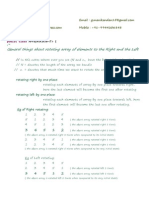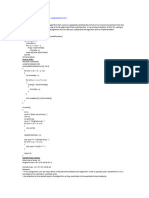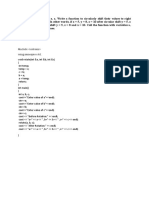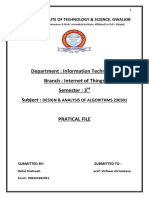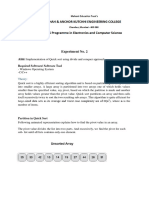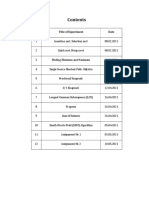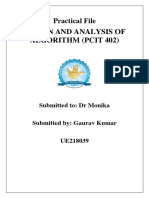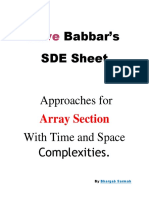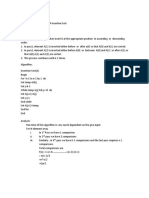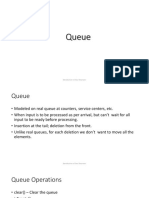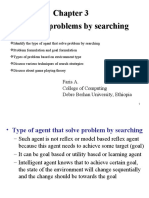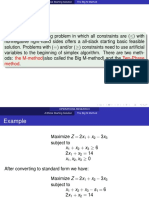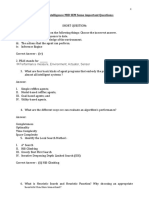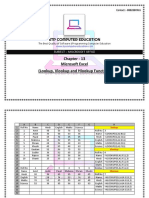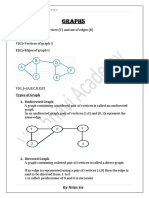0% found this document useful (0 votes)
71 views4 pagesDay3 RotateArray
The Rotate Array problem involves performing left rotations on an array by shifting each element `d` units to the left. The solution provides efficient methods in Python and C++ using slicing and STL, respectively, both achieving O(n) time and space complexity. Sample inputs and outputs illustrate how the rotations affect the array.
Uploaded by
yiu873209Copyright
© © All Rights Reserved
We take content rights seriously. If you suspect this is your content, claim it here.
Available Formats
Download as DOCX, PDF, TXT or read online on Scribd
0% found this document useful (0 votes)
71 views4 pagesDay3 RotateArray
The Rotate Array problem involves performing left rotations on an array by shifting each element `d` units to the left. The solution provides efficient methods in Python and C++ using slicing and STL, respectively, both achieving O(n) time and space complexity. Sample inputs and outputs illustrate how the rotations affect the array.
Uploaded by
yiu873209Copyright
© © All Rights Reserved
We take content rights seriously. If you suspect this is your content, claim it here.
Available Formats
Download as DOCX, PDF, TXT or read online on Scribd
/ 4










